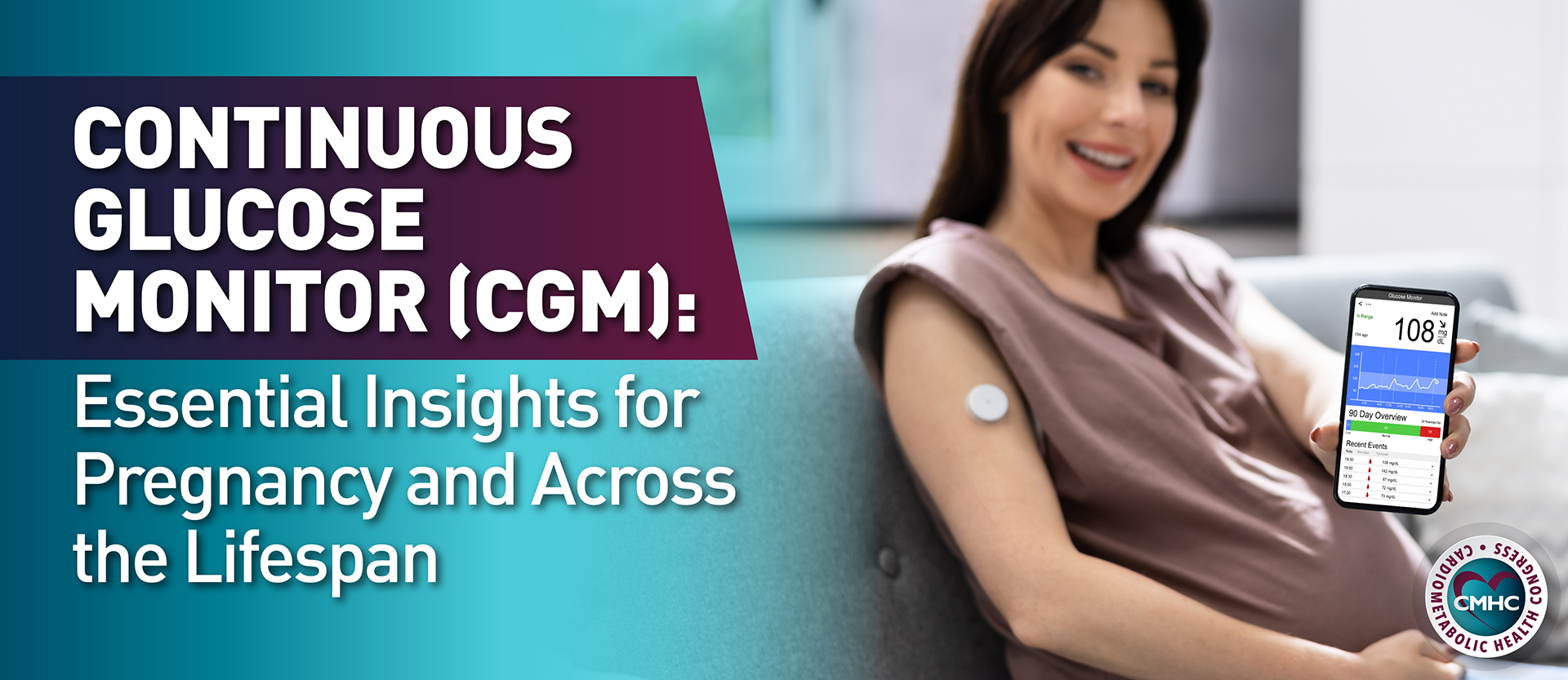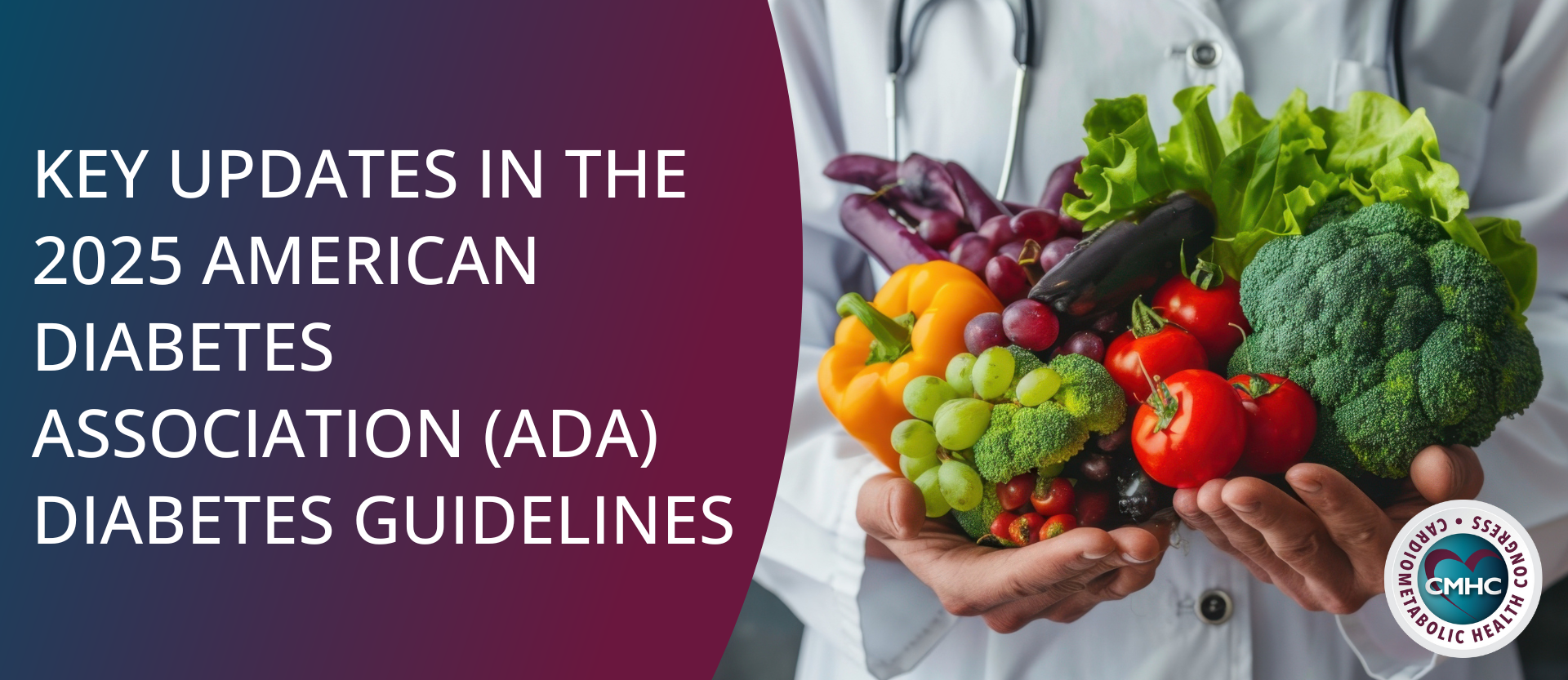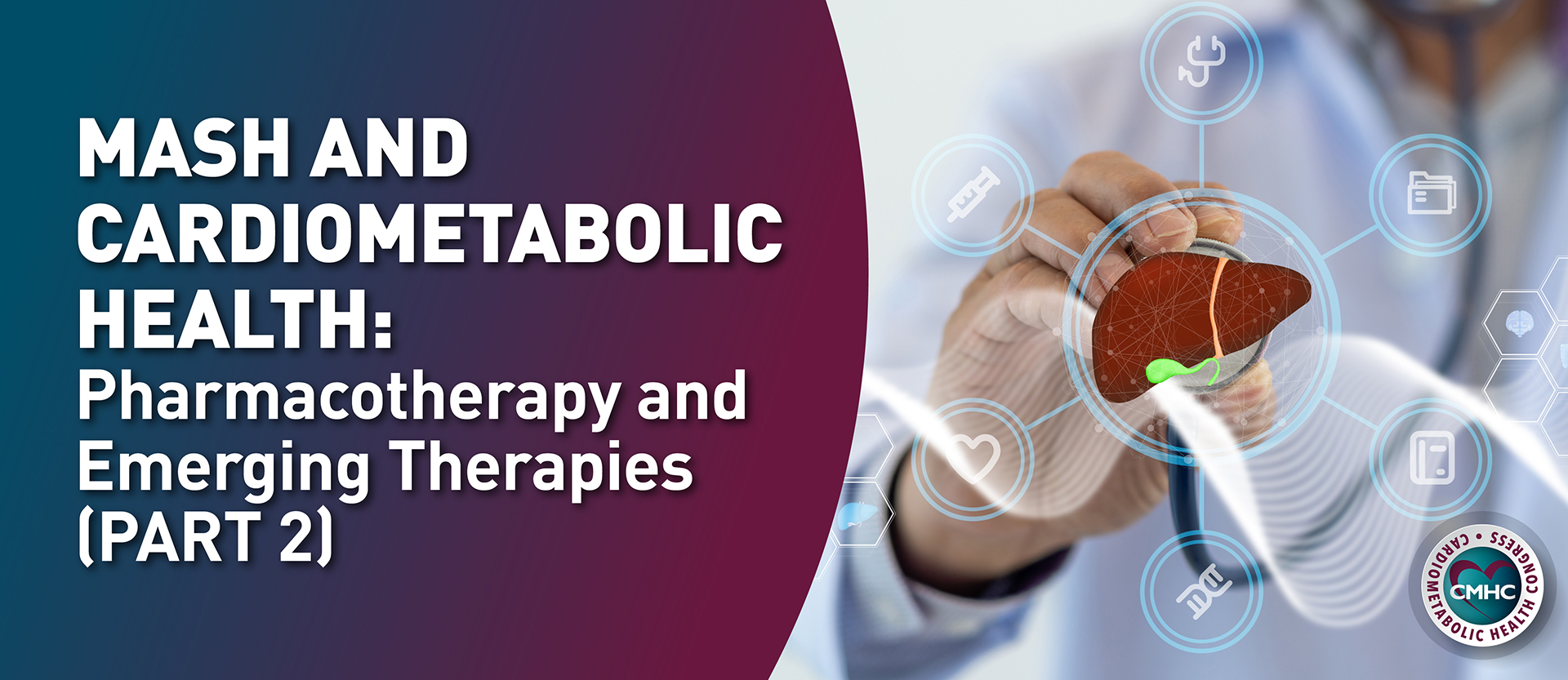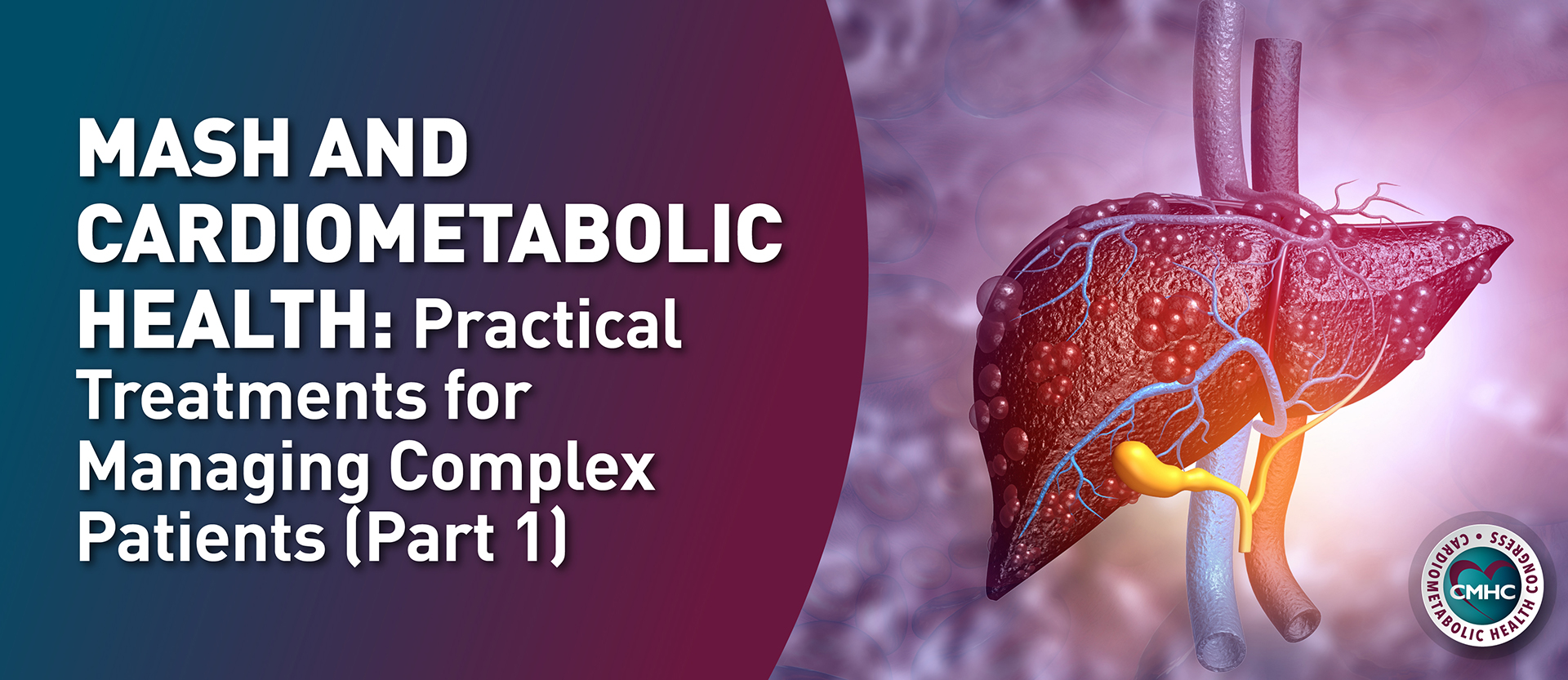As we near the end of National Women’s Health Awareness Month, at CMHC, we want to bring attention to the important discussion of continuous glucose monitoring (CGM) during pregnancy and across the lifespan. CGM offers continuous, real-time glucose readings around the clock, surpassing traditional methods like HbA1C measurements and blood finger sticks.
Limitations of HbA1C for Glucose Monitoring
While HbA1C is widely used for monitoring long-term glucose levels, it has several limitations. It can fail to accurately reflect average glucose levels over the past two to three months and lacks information about acute glycemic excursions and complications such as hypoglycemia and hyperglycemia.
Additionally, HbA1C does not provide data on the magnitude and frequency of intraday and interday glucose variations and can be confounded by conditions such as anemia, hemoglobinopathies, and iron deficiency.
Why Blood Finger Sticks Are Outdated!
Traditional blood finger sticks and test strips are increasingly seen as outdated due to their inherent limitations, including lot-to-lot, vial-to-vial, and strip-to-strip variances, which can affect the accuracy of glucose readings. Environmental factors like temperature, humidity, altitude, and electromagnetic radiation also impact these readings.
Furthermore, physiological factors such as peripheral blood perfusion, hematocrit levels, partial pressure of oxygen (pO2), triglycerides, bilirubin, and uric acid levels can influence the results. Certain medications, such as intravenous ascorbic acid, acetaminophen (paracetamol), and dopamine, are known to interfere with blood glucose readings, adding to the limitations of traditional blood glucose monitoring methods.
Continuous Glucose Monitor (CGM) Management: Comparing is-CGM And rt-CGM
While HbA1C and blood finger sticks have been standard tools in diabetes management, Continuous Glucose Monitor (CGM) provides a more comprehensive and accurate picture of glucose levels for better decision-making.
is-CGM (Intermittent Scanning Continuous Glucose Monitoring)
Benefits:
No Calibration Required: Simplifies usage by eliminating the need for regular calibration.
No Alarms: Reduces interruptions, benefiting users who prefer fewer notifications.
Affordability: Offers a cost-effective option, increasing accessibility.
Ease of Insertion: Simple to insert, enhancing user convenience.
Straightforward Data Collection and Review: Facilitates easy monitoring and analysis of glucose levels.
Challenges:
Potential Accuracy Issues: The lack of calibration may reduce accuracy in some situations.
No Alarms: Can be a drawback for those who need immediate feedback on glucose levels.
Reduced Accuracy in Low Glucose Ranges: Less reliable when monitoring lower glucose levels, which is critical for effective diabetes management.
rt-CGM (Real-time continuous glucose monitoring)
Benefits:
Optional Calibration: Can be used without calibration but offers the option for greater accuracy.
Alarms: Provides alerts for significant glucose level changes, enabling immediate intervention.
Ease of Insertion: Simple to insert, enhancing user convenience.
User-friendly Data Collection and Review: Facilitates easy monitoring and analysis of glucose levels.
Challenges:
Intrusive Alarms: Alarms, while beneficial, can be perceived as disruptive by some users.
Higher Cost: Generally, more expensive, potentially limiting accessibility.
Short Wear Period: Many devices are designed for a 10-day wear period, which may be inconvenient for those seeking longer-term solutions.
Both is-CGM and rt-CGM provide distinct benefits and challenges, and decision-making should be based on individual patient preferences and needs.
In-Depth Comparison of Leading CGM Systems on the Market
The FreeStyle Libre 3 offers continuous glucose monitoring without calibration, 14-day sensor use, and minute-by-minute readings to smartphones. It integrates with a secure cloud-based system with reports to clinical providers. While it provides high and low alarms, it lacks predictive low alerts.
On the other hand, the Dexcom G6 also offers continuous monitoring with optional calibration. It has a 10-day sensor use, 5-minute readings, and integration with Apple Watch, Android, Garmin, and digital health apps. The G6 provides alerts and predictive urgent low alerts.
In a significant advancement, the FDA has cleared the first over-the-counter CGM system, the Dexcom Stelo Glucose Biosensor System. This milestone marks an important step forward in making Continuous Glucose Monitor (CGM) technology more accessible, empowering more individuals to monitor and manage their glucose levels effectively.
Latest ADA and AACE Guideline Recommendations for CGM Use
The American Diabetes Association and the American Association of Clinical Endocrinology have released current guidelines for CGM use. Here are the key points:
American Diabetes Association Standards of Care 2023:
Real-time CGM (Grade A) or intermittently scanned CGM (Grade B) should be offered to those on multiple daily insulin injections or continuous subcutaneous insulin infusion for diabetes management in adults with diabetes who are capable of using devices safely.
Real-time CGM (Grade A) or intermittently scanned CGM (Grade C) should be offered to those on basal insulin who are capable of using devices safely.
American Association of Clinical Endocrinology 2022 Clinical Practice Guidelines:
Real-time or intermittently scanned CGM is recommended for persons with type 2 diabetes who have a high risk for hypoglycemia and/or with hypoglycemia unawareness or are treated with insulin therapy (Grade A).
Expert Tips for Managing Diabetes During Pregnancy
Pregnant women with diabetes require tight glycemic control to reduce the risk of adverse health outcomes for both the mother and the fetus. Achieving optimal glucose levels is crucial to minimize complications that can arise during pregnancy.
- Fetal Complications
Diabetes in pregnancy can lead to several fetal complications, including macrosomia, which is characterized by larger-than-average babies. This condition increases the likelihood of cesarean sections and shoulder dystocia during delivery. Additionally, the risk of fetal death and the development of preeclampsia in the mother are heightened. However, these risks can be minimized by getting glucose levels to target before conception.
Early Pregnancy HbA1c Targets to Avoid Serious Adverse Events
Maintaining an HbA1c level of 6.5% (48 mmol/mol) or lower in early pregnancy is associated with the lowest rates of congenital anomalies and serious adverse outcomes. This target level is important for minimizing potential complications during pregnancy.
Maternal Complications in Pregnancy and the Role of CGM
Pregnant women with diabetes are at increased risk of maternal complications such as severe hypoglycemia, which affects nearly 10% of women, retinopathy, ketoacidosis, and preeclampsia.
CGM can play a significant role in reducing the risk of hypoglycemia and managing blood glucose levels more effectively throughout pregnancy. CGM allows clinicians and patients to visualize and understand day-to-day variations in glucose levels, providing a comprehensive picture of glucose control.
Clinical Pearls for Labor and Delivery
CGM can be effectively utilized during labor, delivery, and the postpartum period. This technology promotes greater glucose control, ensuring both mother and baby maintain optimal health up to and following delivery.
Additionally, CGM allows the healthcare team to monitor patients remotely. This capability enables timely interventions and adjustments to the patient’s care plan, enhancing the overall management of diabetes during these critical stages.
Time in Range Targets for Different Diabetes Populations
The Time in Range (TIR) metric is a valuable tool for assessing glucose control, offering actionable information over a 1-2 week period to aid clinicians and patients in making informed diabetes management decisions. This metric is particularly useful for monitoring and adjusting treatment plans to maintain optimal glucose levels, thereby reducing the risk of complications.
The Take Home Message
Real-time CGM significantly improves maternal glucose levels and neonatal outcomes in pregnancies complicated by type 1 diabetes and is preferred over HbA1c and self-monitoring of blood glucose (SMBG) for guiding diabetes management during pregnancy. The goal should be to achieve a TIR of 70%, recognizing that even a 5% improvement can yield meaningful benefits. Additionally, aiming for an HbA1c level below 6.1% during pregnancy is ideal.
While Continuous Glucose Monitor (CGM) demonstrates great value for patients with type 1 and type 2 diabetes, further research is needed to explore its benefits in gestational diabetes mellitus (GDM) and type 2 diabetes pregnancies. Additionally, more studies are required to assess the potential value of CGM in non-diabetic individuals.



















